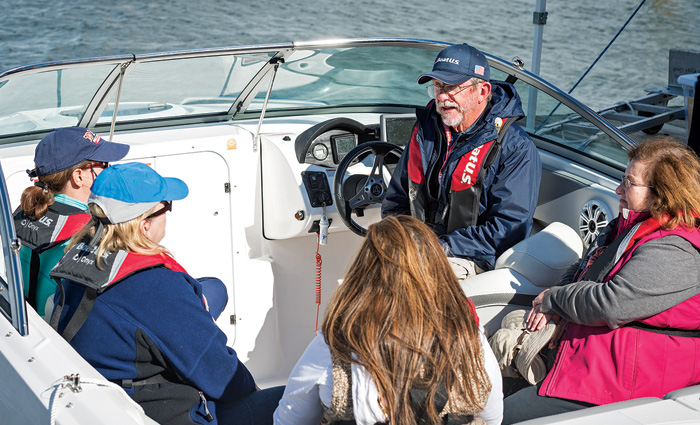How do you conduct proper safety briefings for all charter guests?
Safety briefings form the foundation of responsible charter operations, ensuring every guest comprehends essential protocols before departure. These presentations cover emergency procedures, equipment locations, and behavioural guidelines that protect everyone aboard during the voyage. Comprehensive briefings reduce accidents while building confidence among passengers lacking marine experience. Professional crews recognise that thorough safety education creates more relaxed, enjoyable charter experiences. Proper briefings demonstrate crew competence while establishing clear expectations for yacht rental dubai visit dubriani.com regarding guest responsibilities and emergency procedures.
Pre-departure preparation essentials
Practical safety briefings begin with careful preparation, considering guest demographics, experience levels, and specific vessel characteristics. Crew members should assess the group composition to tailor explanations appropriately for children, elderly passengers, or guests with mobility limitations. This preliminary evaluation helps determine which safety topics require additional emphasis based on passenger profiles. The briefing should occur in a central location where all guests can see and hear clearly without distractions from engine noise or deck activities. Optimal timing places the briefing after guests board but before casting off, allowing immediate clarification of questions while maintaining departure schedules.
Emergency equipment demonstrations
Physical demonstrations of safety equipment prove more memorable than verbal descriptions alone. Crew members should personally show each piece of equipment while explaining its proper use and location aboard the vessel.
- Life jacket fitting demonstrations for different body sizes and passenger ages
- Emergency flare operation procedures, including proper firing directions and timing
- Fire extinguisher locations with hands-on operation instructions for willing participants
- Radio communication protocols, including mayday procedures and channel selection
- Emergency position beacon activation steps and automatic distress signal transmission
- First aid kit contents overview with basic injury treatment capability explanations
These demonstrations allow guests to handle equipment under supervision, building familiarity that proves invaluable during emergencies when stress levels run high and clear thinking becomes challenging.
Movement and behaviour guidelines
Clear guidelines about safe movement aboard the vessel prevent common accidents when guests are unfamiliar with marine environments. These instructions should cover deck surfaces, handholds, and restricted areas that pose particular dangers to inexperienced passengers. Explanations should include proper footwear recommendations, wet deck precautions, and maintaining three contact points around the vessel. Guests need specific guidance about when to remain seated and which areas remain off-limits during different sea conditions.
Communication protocols establishment
Clear communication systems ensure guests can reach crew members quickly when questions or concerns arise. These protocols should specify how to contact the crew during the day and night, including emergencies requiring immediate attention.
- Designated crew member contact procedures for non-emergency questions and requests
- Emergency communication methods, including intercom systems and manual signal techniques
- Guest responsibility areas where self-reliance remains appropriate versus crew assistance requirements
- Noise consideration guidelines during rest periods that respect other passengers and crew
- Alcohol service limitations that maintain safety margins during various charter activities
- Technology usage boundaries, including navigation equipment and communication device restrictions
These communication guidelines create structured interaction patterns that maintain safety while preserving the relaxed atmosphere that guests expect during charter experiences. Comprehensive safety briefings create the foundation for enjoyable charter experiences where guests feel confident and secure. These presentations demonstrate professional competence while establishing clear expectations that protect everyone aboard. When passengers experience their role in maintaining vessel safety, they become valuable partners rather than potential liabilities during charter operations.






